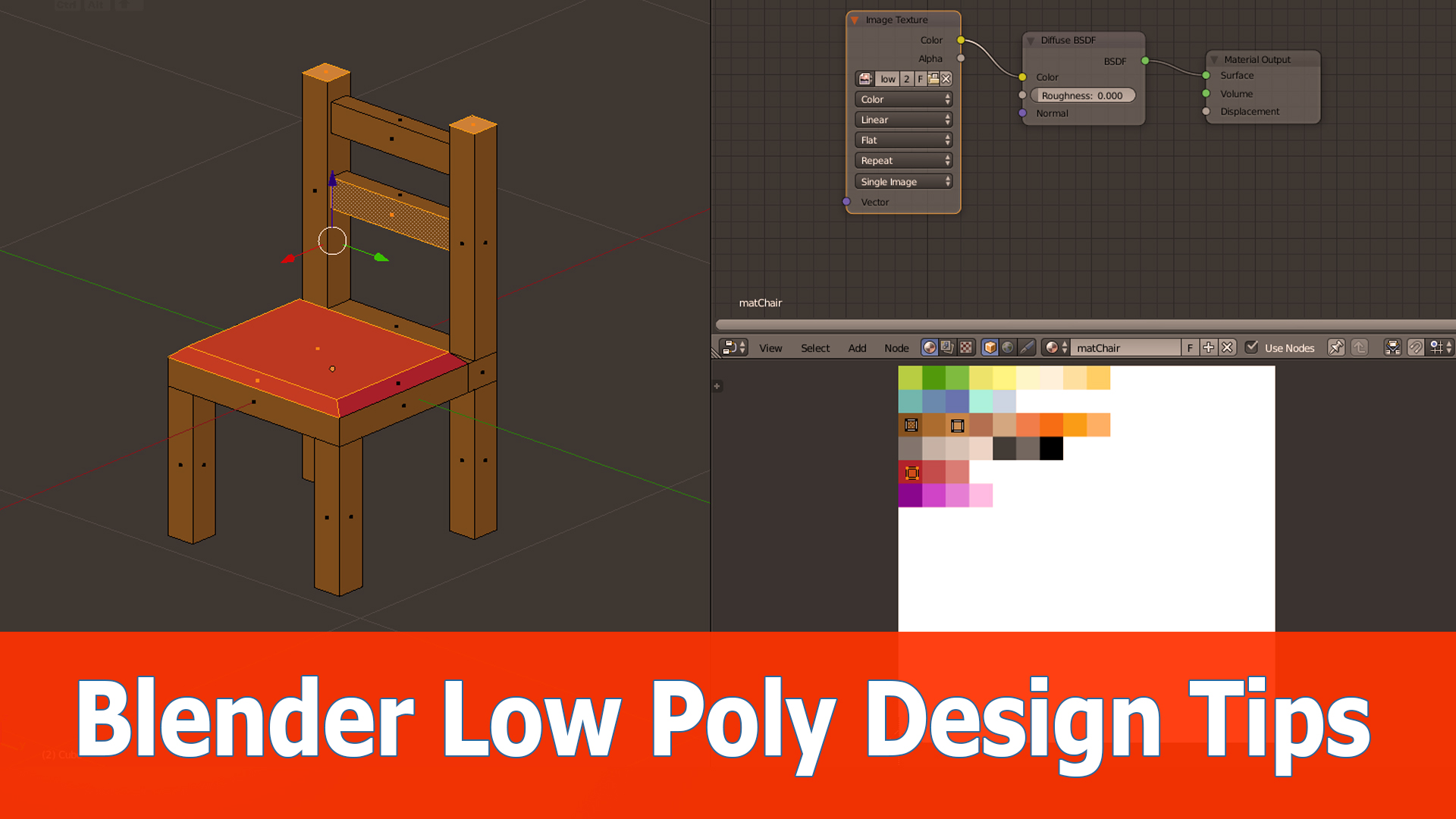


The contact angle of the membranes became more hydrophilic with increasing concentration of CMAT from PES G0 to PES G7. The addition of CMAT did not lead to significant energy loss, indicating that the heat flux loss observed can indeed be explained by the amount of C-OH on the PES membrane’s surface. However, increasing the concentration of CMAT improved the membrane surface roughness in AFM, and the modified membranes had the ability to resist fouling. The addition of CMAT to the PES membranes did not have a significant effect on the structure of the SEM images of the top layer and cross-section of surface properties. The resulting membranes were characterized by SEM, atomic force microscopy (AFM), thermogravimetric analysis (TGA), WCAG, and permeability performance and fouling experiments. To evaluate its performance, CMAT particles were dispersed in a Polyethersulfone (PES) solution and used to modify a PES ultrafiltration membrane through a phase-inversion method. Additionally, WCAG results showed that the contact angle of CMAT was more hydrophilic with a value of 8.4°.


XPS analysis confirmed the presence of all necessary components in CMAT. This was further confirmed by the XRD and HRTEM images. The results demonstrated that CMAT was successfully synthesized with a particle size of less than 5 µm and a fully evident distribution of elements, as revealed by the SEM images. In this study, various techniques, including X-ray diffraction (XRD), high-resolution transmission electron microscopy (HRTEM), scanning electron microscopy (SEM), energy-dispersive X-ray spectrometry (EDS) mapping, X-ray photoelectron spectroscopy (XPS), and water-contact-angle goniometry (WCAG), were used to characterize the crystalline structure and morphological properties of terbium-doped cerium magnesium aluminate (Ce0.67Tb0.33MgAl11O19 or CMAT) in powder form.


 0 kommentar(er)
0 kommentar(er)
